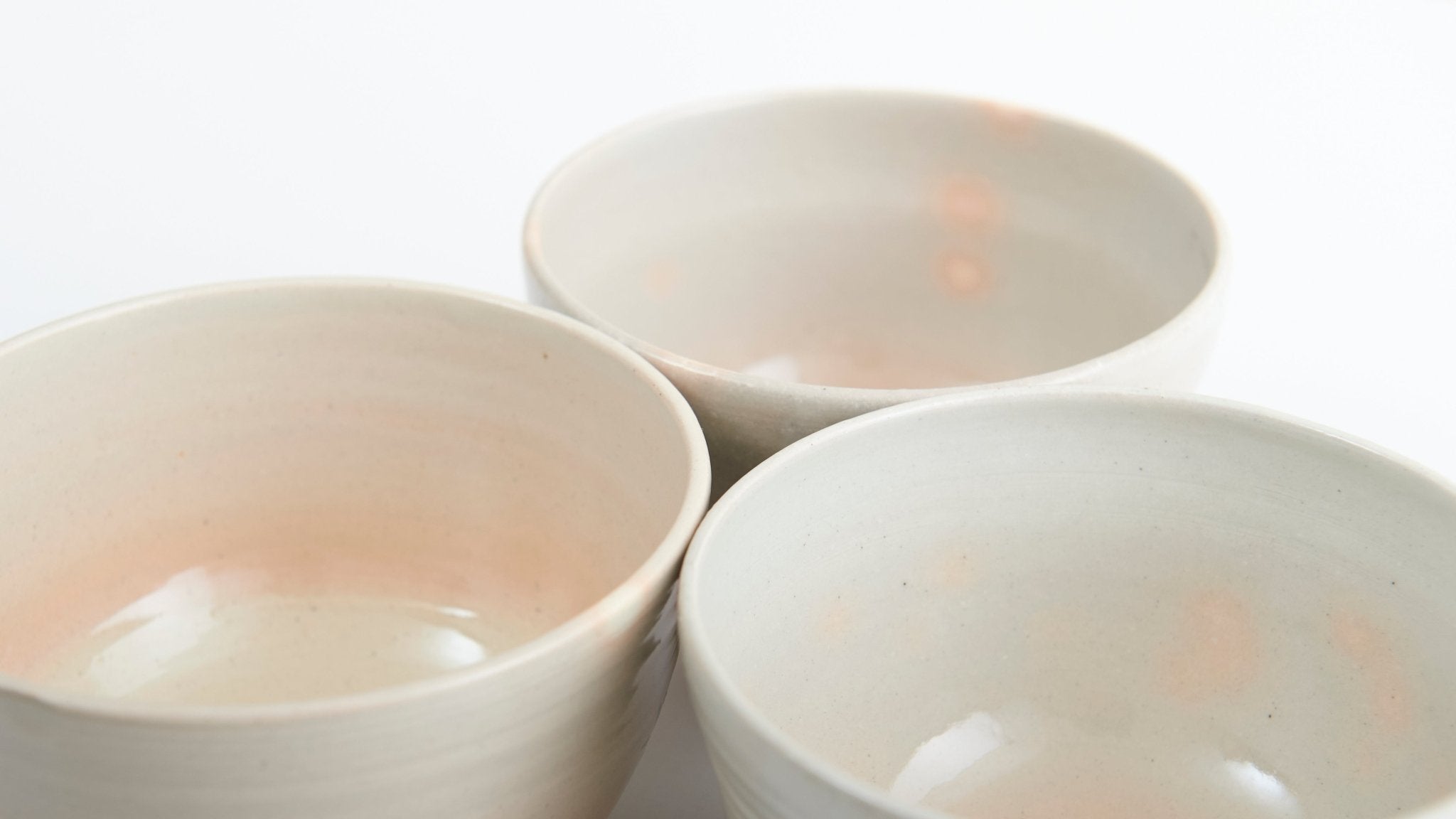
Red Flares of Beauty: Unveiling the Charms of the Clay
Written by Team MUSUBI
Gohonde, characterized by charming red spots and lines reminiscent of autumn leaves or twinkling fireflies, represents a unique pattern emerging after the firing of the pottery. These natural markings, a result of the clay's components interacting with fire, make each piece a unique artifact of beauty and tradition. Primarily seen in tea bowls, this style extends to various ceramics, each narrating a story of craft and serendipity. Exploring gohonde is not just about uncovering a pottery style; it's about delving into a centuries-old narrative that continues to enchant and inspire.
tables of contents
The Discovery of Red Flaires

Gohonde pieces extended beyond tea bowls to include a range of ceramics such as pots, plates, and incense burners. The style is distinguished by its grey clay base, overlaid with light grey or white, and marked with red spots due to transformations in the kiln. The prevalence of these red spots inspired poetic comparisons: a profusion of spots was likened to autumn leaves, while sparser spots evoked the image of fireflies.
Craftsmanship of Gohonde

Creativity Today

While gohonde might be less commonly seen today, it represents a cherished aspect of historic pottery aesthetics. Recognizing these patterns as part of a long-standing tradition can deepen appreciation and attachment to these pieces.
A notable example of gohonde in contemporary pottery is seen in Hagi ware of Hagi City of Yamaguchi prefecture. Hagi clay, rich in iron, is treated with a decorative coating and fired in an atmosphere that enhances these characteristic red spots. The result is a gohonde tea bowl, highly prized for its beauty.
In summary, gohonde is more than just a porcelain style; it is a symbol of the historical and cultural journey of Japanese ceramics. Its unique aesthetic, rooted in the interplay of nature and craftsmanship, continues to captivate and inspire, preserving its legacy as a beloved art form in the rich tapestry of Japanese pottery.


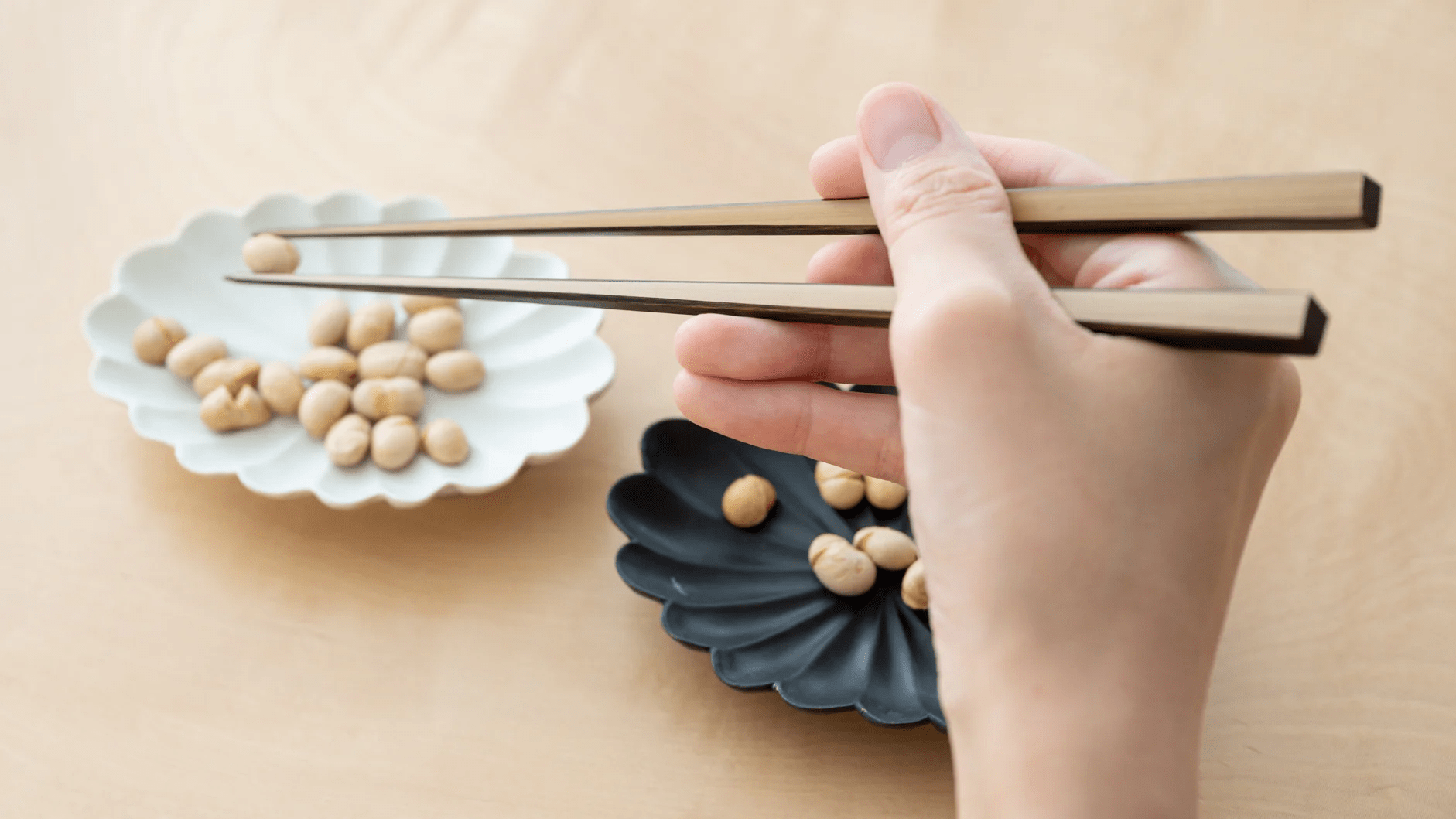
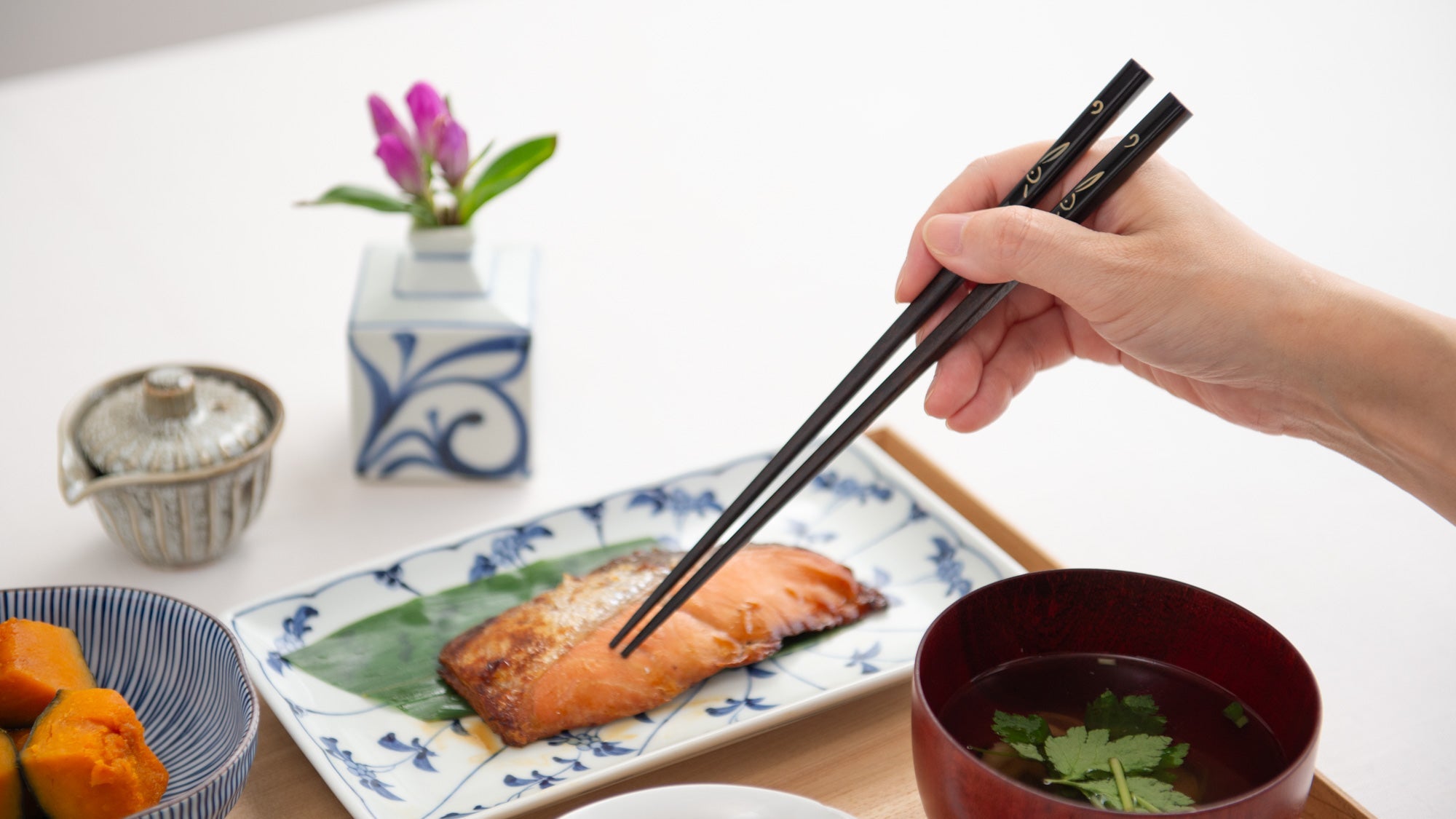

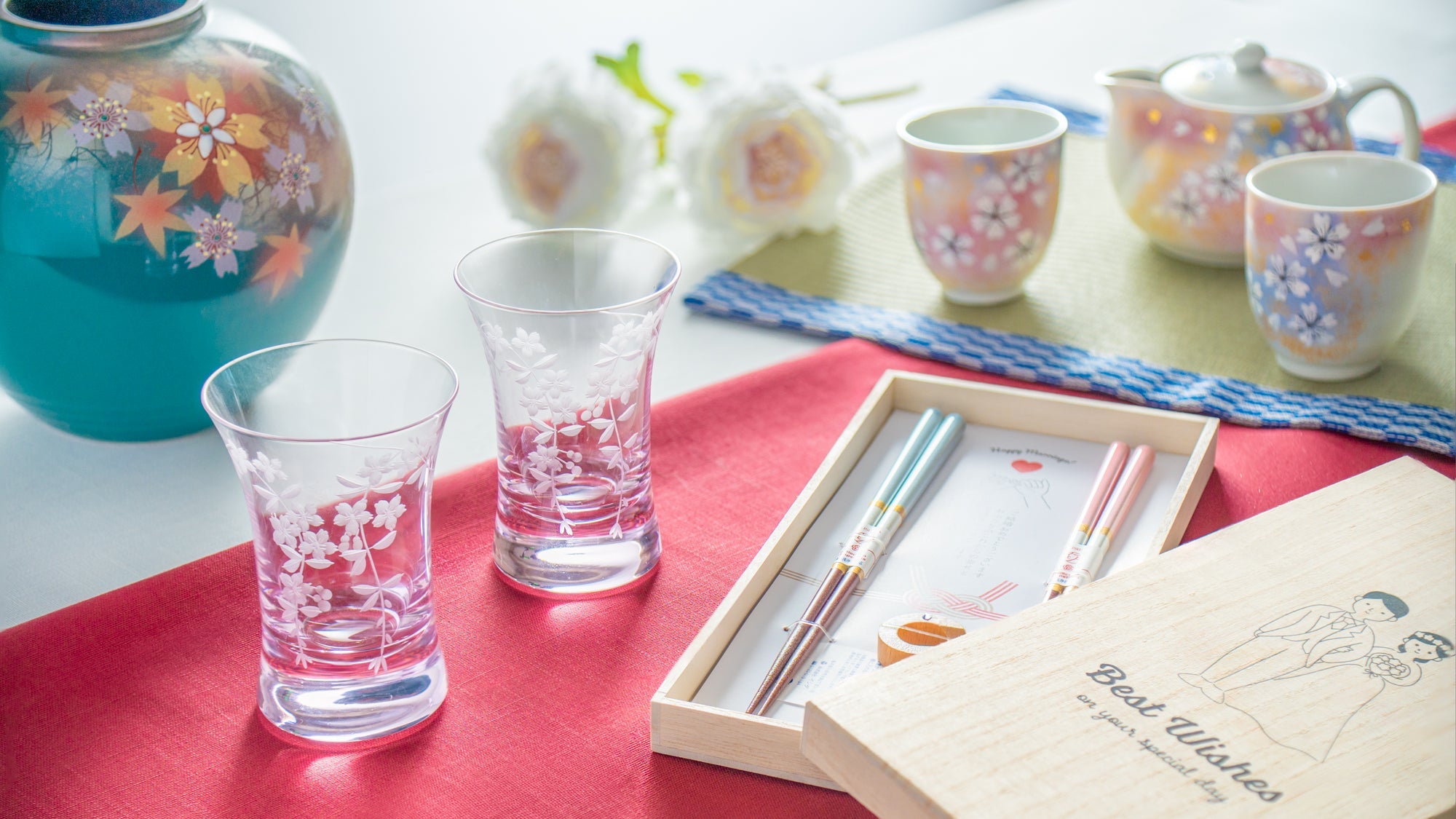
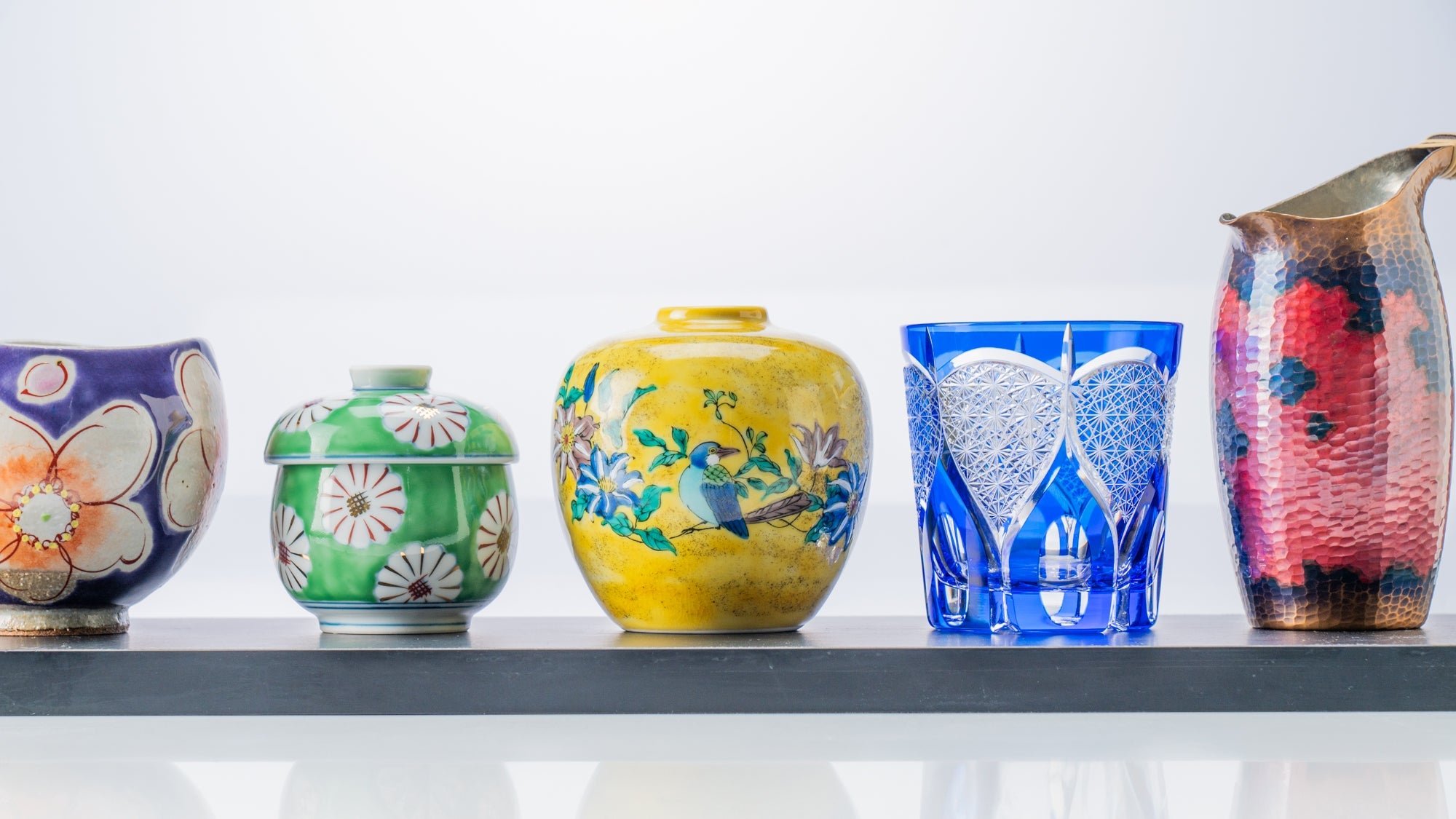
Leave a comment
This site is protected by hCaptcha and the hCaptcha Privacy Policy and Terms of Service apply.